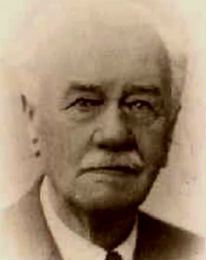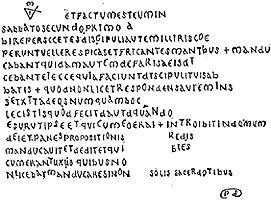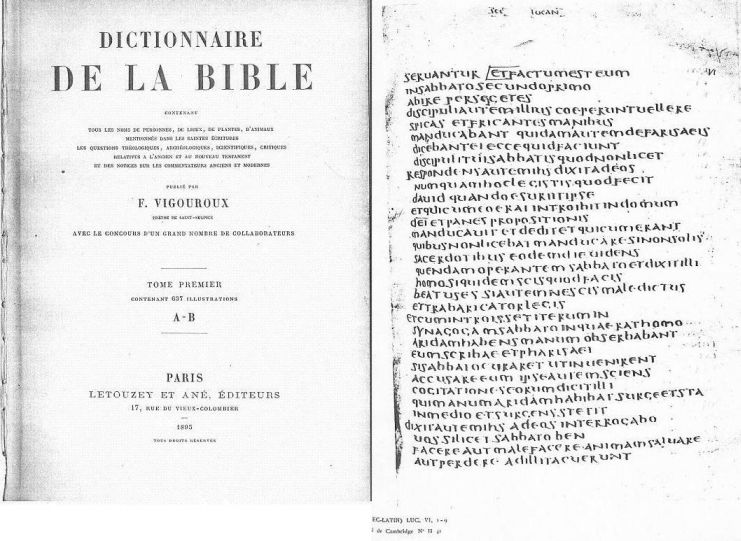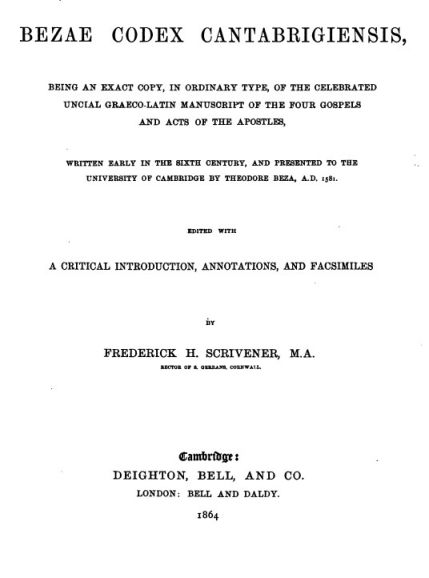
Paul Smith 15 July 2015 Revised 19 July 2015 Fulcran Vigouroux became an integral character in the mythical history of Rennes-le-Château when in 2004 German scholar Wieland Willker discovered that passage Luke 6:1-4 in Codex Bezae (named after Théodore de Bèze, 1519-1605) was copied onto the small parchment (as allegedly discovered by Bérenger Saunière in 1892). 
A facsimile of passage Luke 6:1-4 from Codex Bezae was published in Fulcran Vigouroux, editor, Dictionnaire De La Bible, accompanying the article by Pierre Batiffol (Letouzey et Ané, Éditeurs, Volume One; between pages 1768-1769, 1912 edition). Abbé Vigouroux taught scripture at the seminary of Saint-Sulpice in Paris between 1860-1895 (Batiffol entered Saint-Sulpice in 1878).

Pierre Plantard and Philippe de Chérisey turned Saint-Sulpice into an integral part of the Priory of Sion mythology and Fulcran Vigouroux taught scripture there; and Abbé Vigouroux published a facsimile of Luke 6:1-4 found in the Codex Bezae. This was the reason why the passage from the Codex Bezae was copied onto the small parchment during the mid-1960s.

Fulcran Grégoire Vigouroux Only 2 facsimile pages of the Codex Bezae were published by Vigouroux 
A transcript of The Codex Bezae was published in 1864 by Frederick Henry Ambrose Scrivener (1813-1891) |